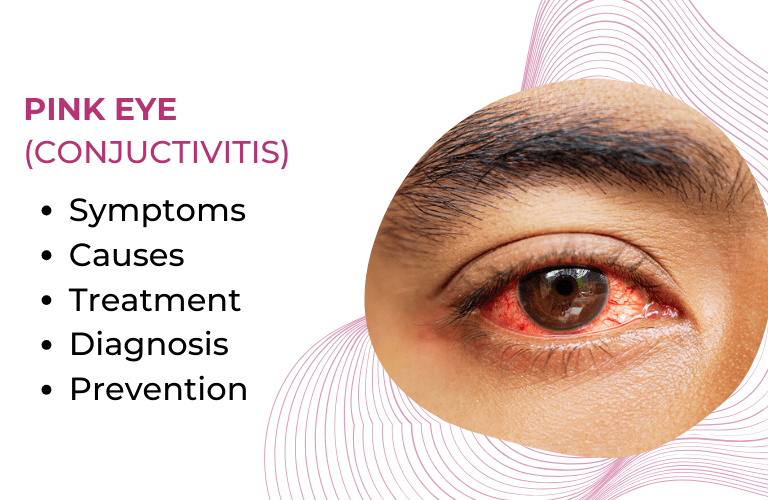Introduction
As children grow, their teeth go through many changes. One common dental concern parents may notice is the appearance of two rows of teeth in their child’s mouth. This phenomenon is often referred to as “shark teeth” because sharks also have multiple rows of teeth. Seeing this can be alarming for parents, but in most cases, it is a normal part of a child’s dental development.
This guide will explain what shark teeth are, why they occur, when they should be a concern, and how they can be managed to ensure proper dental development by pediatric dentists.
What Are Shark Teeth?
1. Understanding the Term
The term “shark teeth” describes a situation where permanent teeth begin to emerge before the baby teeth have fallen out, leading to a double row of teeth. It most commonly happens in children aged 5 to 7, but it can also occur in older children when their molars come in.
2. Why Does This Happen?
Shark teeth occur when permanent teeth do not push out the baby teeth as expected. This can happen for several reasons:
- The baby tooth’s root has not dissolved completely.
- The permanent tooth erupts behind the baby tooth rather than directly underneath it.
- The child’s jaw is too small to accommodate the new teeth.
When and Where Do Shark Teeth Appear?
1. Common Occurrences
Shark teeth typically appear in two main areas:
- Lower Front Teeth (Incisors): The most common area where shark teeth develop. These teeth usually come in around age 6.
- Upper Front Teeth: Less common but still possible, occurring around age 7 or later.
- Molars: Sometimes, a similar situation occurs with back teeth when permanent molars emerge.
Should Parents Be Concerned?
1. Normal Development
In many cases, shark teeth are temporary and resolve on their own. The baby teeth will eventually loosen and fall out, allowing the permanent teeth to move into their correct position.
2. When to Seek a Dentist’s Help
Parents should consult a dentist if:
- The baby teeth are not loosening after a few weeks.
- The child is experiencing discomfort or difficulty eating.
- The permanent teeth are significantly misaligned.
- There are signs of infection or swelling.
Treatment Options for Shark Teeth
1. Natural Shedding
In many cases, baby teeth will eventually fall out without intervention. Encouraging the child to wiggle loose baby teeth can help speed up the process.
2. Dental Extraction
If the baby teeth do not loosen naturally, a dentist may recommend extraction. This is a simple procedure that allows the permanent teeth to take their proper place.
3. Orthodontic Evaluation
If shark teeth cause crowding or misalignment, an orthodontic evaluation may be necessary to ensure proper alignment of permanent teeth.
How to Prevent and Manage Shark Teeth
1. Regular Dental Checkups
Routine dental visits allow the dentist to monitor tooth development and detect potential issues early.
2. Encouraging Good Oral Habits
Teaching children to brush and floss properly ensures good oral health and helps baby teeth loosen naturally.
3. Monitoring Tooth Growth
Parents should check their child’s teeth regularly and encourage them to report any discomfort or unusual growth patterns.
Conclusion
Shark teeth may look concerning, but they are often a normal part of childhood development. With patience and proper pediatric dental care, most cases resolve naturally. If the baby teeth do not fall out on their own, a dentist can provide simple solutions to prevent complications and ensure healthy dental growth.




